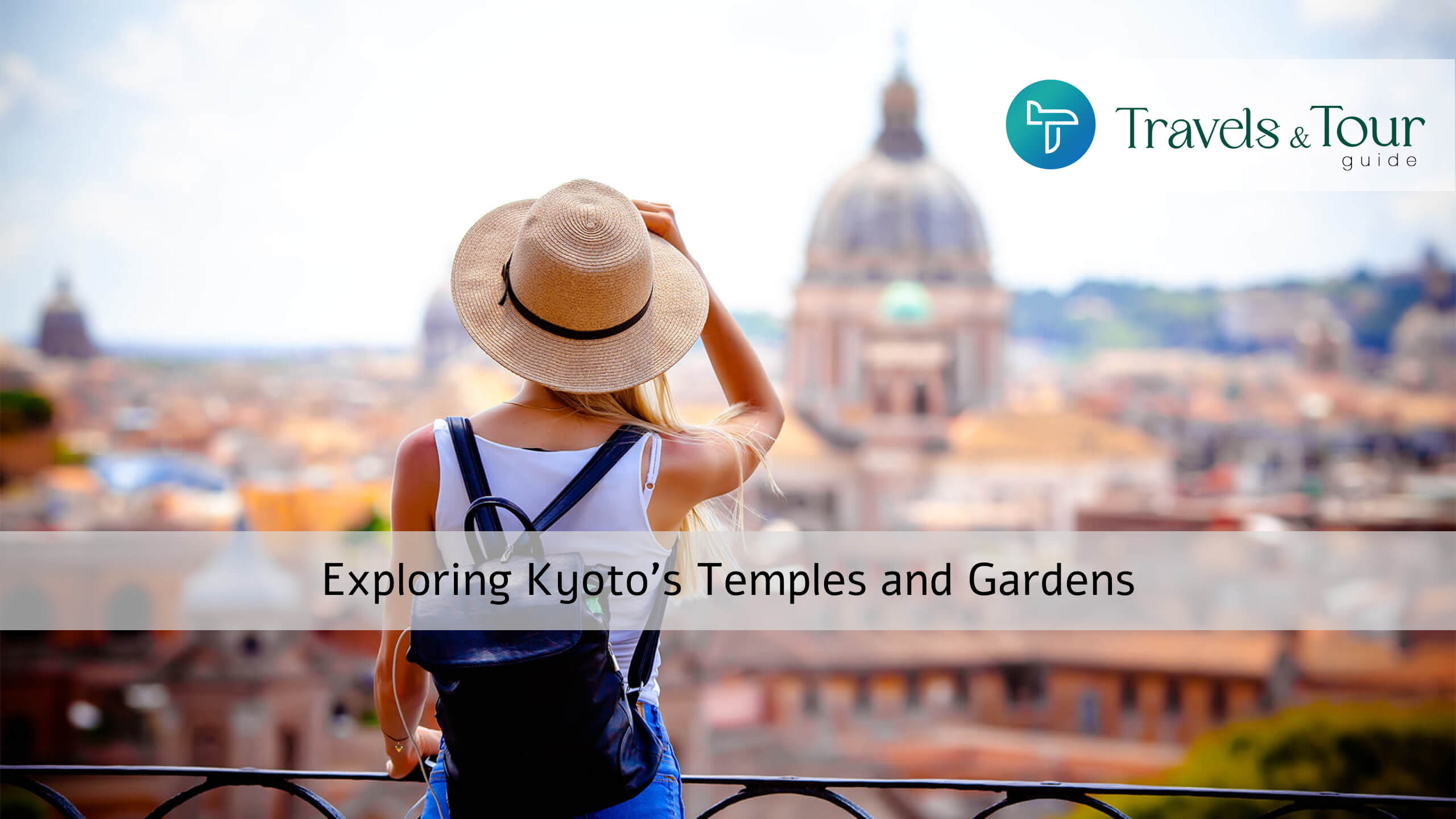Exploring Kyoto’s Temples and Gardens
Since my interest with Japan flourished, Kyoto’s temples have charmed my creative mind with Japanese compositional style entwined with the serenity of Harmony gardens holding an extraordinary spot in my heart. One can frequently imagine their own terrace reminiscence of a Japanese Zen garden, complete with a peaceful lake, elegant koi fish, a thoughtful rock garden, and a smaller than expected waterfall.
During my recent journey to Japan, Kyoto beckoned me with an irresistible charm, with the bustling energy of Tokyo despite intermittent downpours, unfolding its ethereal beauty through its temples and gardens, surpassing my wildest expectations. Wandering the old roads and looking for comfort inside peaceful temple areas enchanted by the amicable synthesis of one Zen garden, forgetting about time as one sits in calm thought.
Kyoto’s temples and gardens offer a significant investigation of Japanese culture, otherworldliness, and normal quality. Every temple, from the lofty Kinkaku-ji to the peaceful Tofuku-ji, coaxes guests to drench themselves in hundreds of years of history and custom. The fastidiously created rock and sand gardens of Ryoan-ji and Kodai-ji ooze ageless excellence, while Daitoku-ji’s rambling complex exhibits the flexibility of Japanese craftsmanship. Entoku-in Temple gives a powerful look into the past, while Choraku-ji Sanctuary’s discretionary importance adds interest. This multitude of sacrosanct destinations offer voyagers to reconnect with nature and themselves.
Kinkaku-ji (The Temple of the Golden Pavilion)
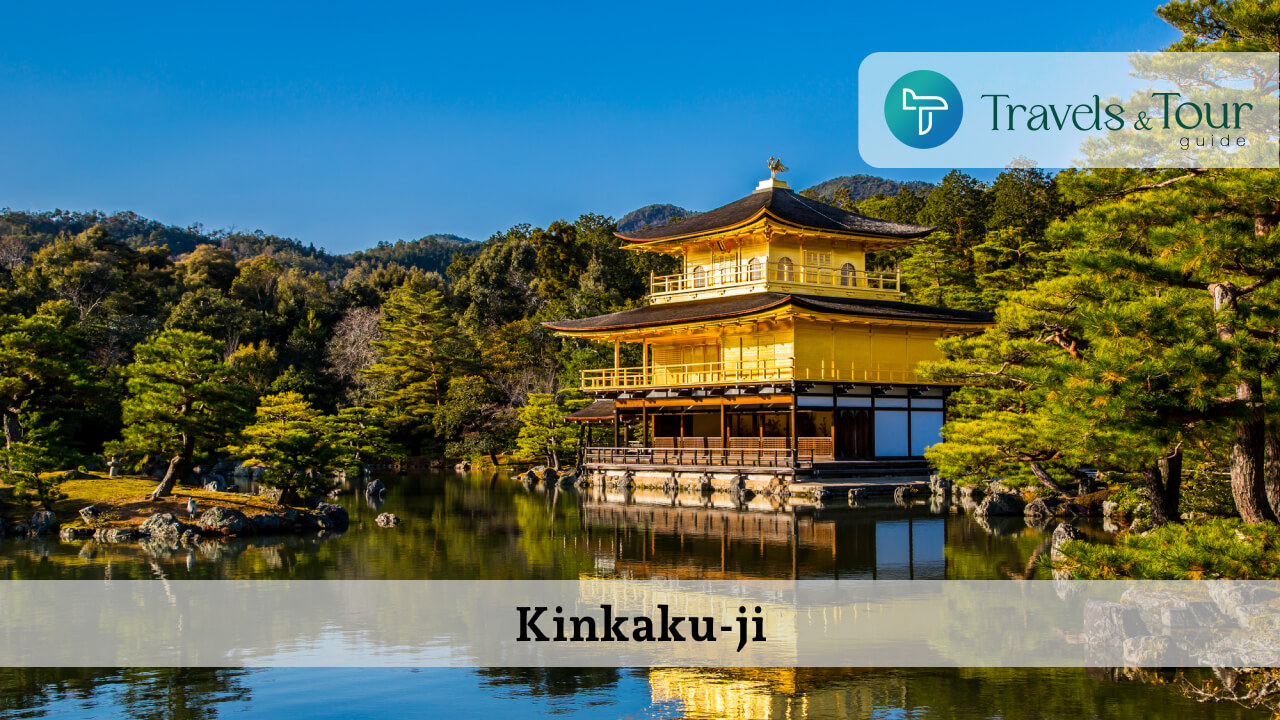
Formally named Rokuon-ji, this temple’s starting points follow back to the fourteenth century, remade during the 1950s following a priest’s disastrous endeavor at self-immolation, Kinkaku-ji stays a signal of respect and engineering magnificence.
Ryoan-ji Temple
Among Kyoto’s array of temples, Ryoan-ji holds a special place in my heart since 15th century, this UNESCO World Heritage Site enshrines the legacy of seven emperors within its hallowed halls, curated rock and sand garden epitomize Buddhist ideals, offering a profound meditation on art and philosophy. Rather than simply waxing poetic about Kyoto’s enchanting allure, and its enchanting gems awaiting discovery within its temple grounds defines premier rock gardens, with Ryoan-ji’s timeless allure left an indelible impression on my soul.
Kodai-ji Temple
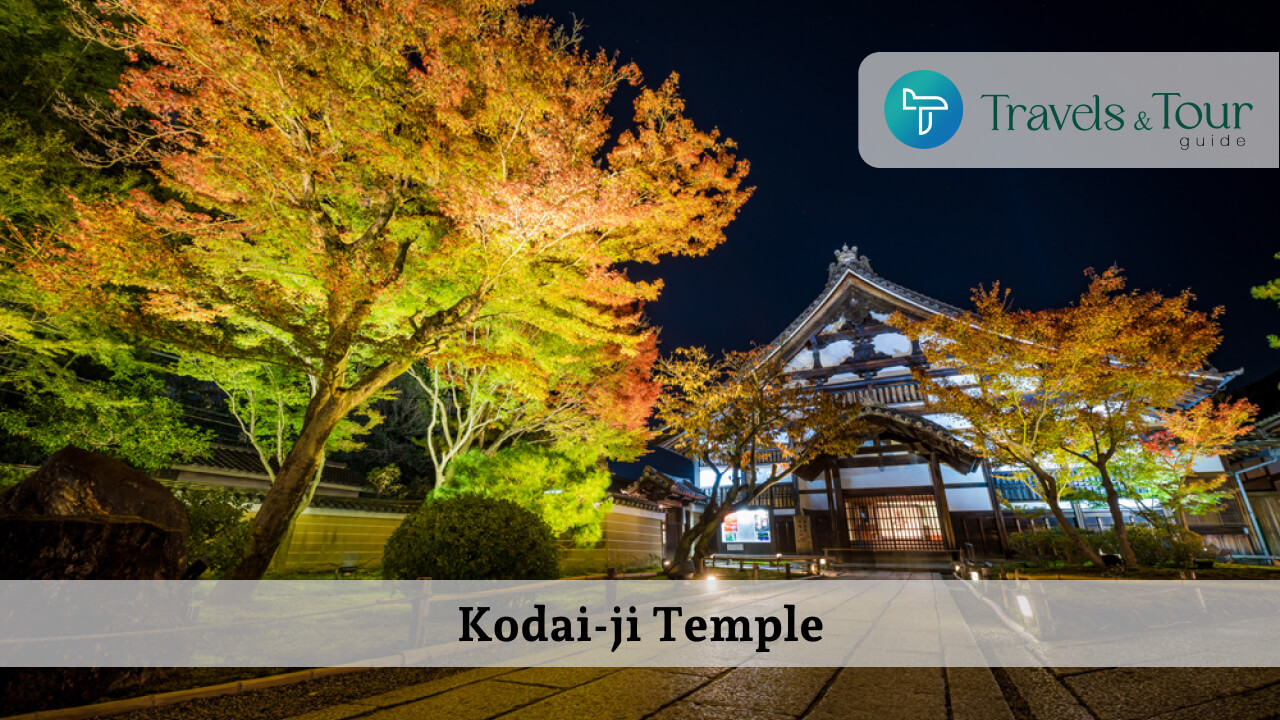
Nestled within the cultural heart of Kyoto, Kodai-ji Temple, officially known as Jubuzan Kodai-ji, and established in 1606, this sacred site boasts a treasure trove of antiques and artwork from centuries past. Much like Ryoan-ji, Kodai-ji’s meticulously crafted sand and rock gardens exude serenity and timeless beauty as a nationally designated Historic Site and an official Place of Scenic Beauty, beckoning visitors to immerse in tranquility.
Daitoku-ji Temple
Venturing further into Kyoto’s temple landscape, Daitoku-ji Temple commands attention with its sprawling complex spanning nearly 60 acres dating back to 1315 CE, this venerable institution has weathered the passage of time, its resilience evident in its enduring presence. Ravaged by fire in the 15th century, the temple rose from the ashes, epitomizing the indomitable spirit of Japanese craftsmanship with Daitoku-ji’s legacy intertwined with the revered Japanese tea ceremony, attracting aspiring tea masters.
Entoku-in Temple
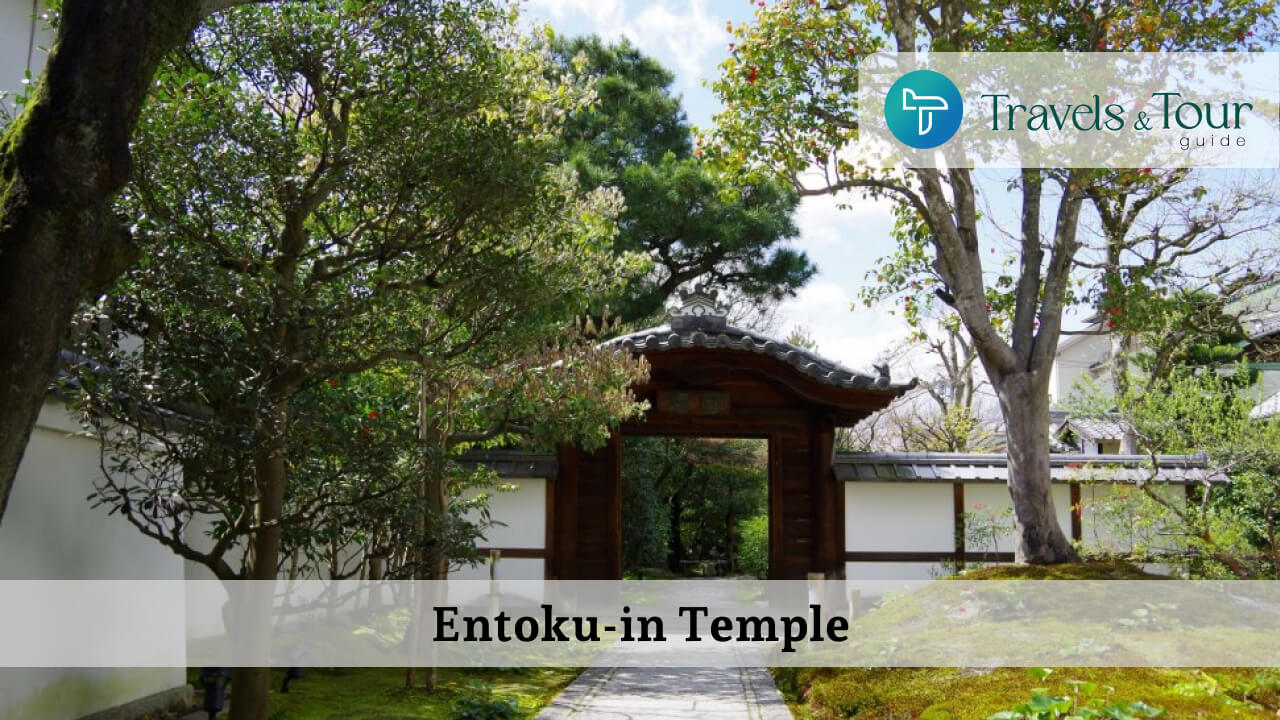
Entoku-in Temple, a cherished sub-temple of Kodai-ji, offers a glimpse into Japan’s storied past, accompanying two Zen gardens and exquisite traditional paintings, inviting contemplation and introspection. It served as the final refuge for the wife of Daimyo Toyotomi Hideyoshi, a poignant layer to history.
Choraku-ji Temple
Stepping into the embrace of Choraku-ji Temple, founded in 1555, is akin to traversing the corridors of time with much of the history remains shrouded in mystery, the temple’s significance transcends the confines of the past. Notably, it hosted the signing of a pivotal treaty between Japan and Russia in 1855, a testament to its enduring diplomatic relevance and not to forget the temple’s picturesque pond, adorned with rocky islands and moss-covered stones, offers a haven of tranquility amidst the bustling city.
Tofuku-ji Temple
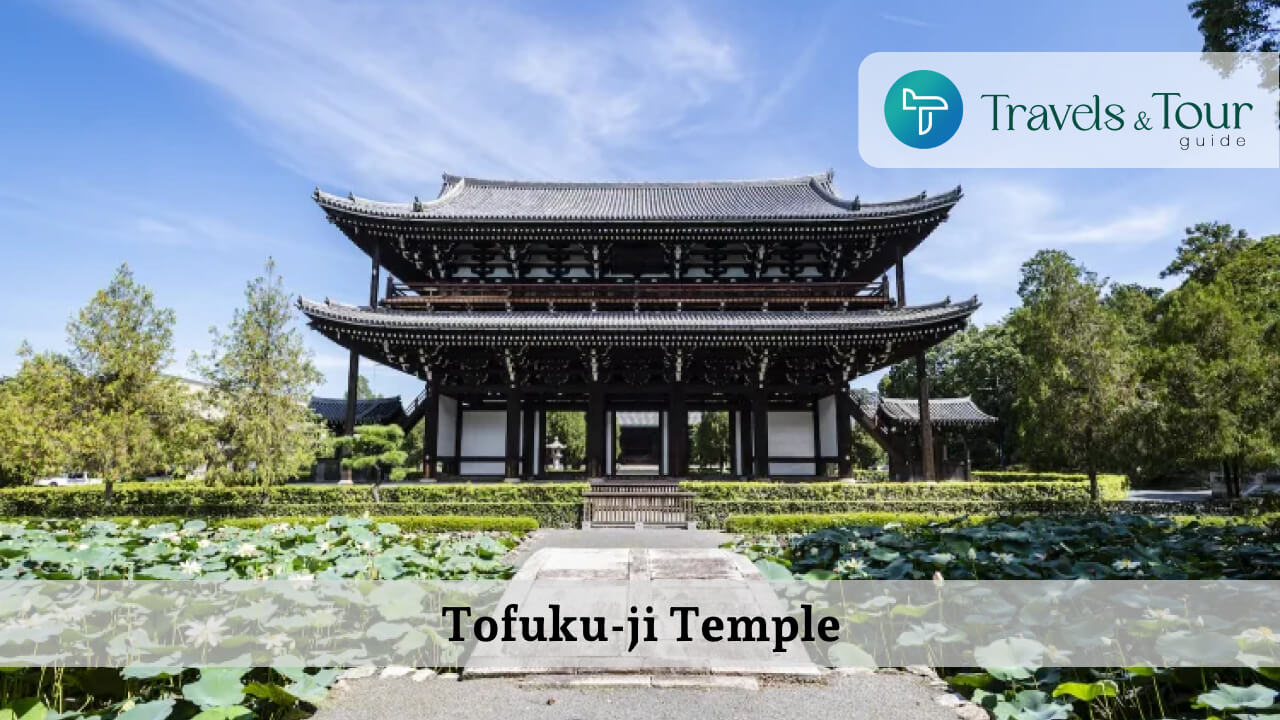
Tofuku-ji Temple entices exhausted voyagers looking for comfort in the midst of the turmoil of present day life, a tranquil safe-haven offering rest from the groups, permitting guests to reconnect with nature and themselves. While the autumn foliage attracts crowds with its normal magnificence, the temple stays an evergreen asylum of isolation consistently.
Ready to Purify and Rejuvenate in Kyoto?
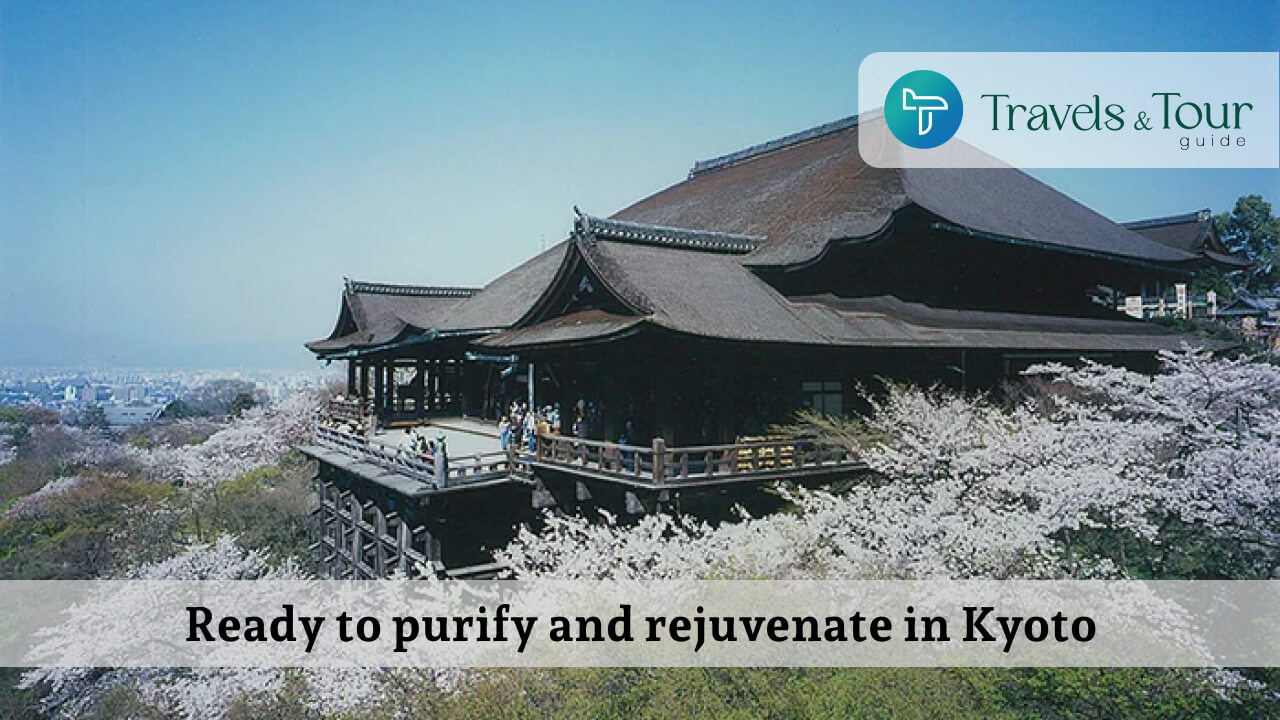
The appeal of Kyoto’s temples and gardens enthralls guests with their amicable mix of Japanese compositional style and quiet scenes. Every temple recounts an extraordinary story, from the notorious Kinkaku-ji, reconstructed after a sad occasion, to Ryoan-ji’s UNESCO World Legacy status and significant contemplation gardens. Kodai-ji and Daitoku-ji temples boast rich accounts and quiet rock gardens, while Entoku-in offers understanding into Japan’s past through customary workmanship and engineering. Choraku-ji Temple’s puzzling history and strategic importance add layers of interest, while Tofuku-ji Temple gives a serene retreat from present day life in the midst of shocking regular excellence. At last, Kyoto us an excursion of serenity, history, and social extravagance, in the midst of Japan’s urban communities.
Kyoto’s temples and gardens offer a significant investigation of Japanese culture, otherworldliness, and normal quality. Every temple, from the grand Kinkaku-ji to the quiet Tofuku-ji, entices guests to drench themselves in hundreds of years of history and custom. The fastidiously created rock gardens of Ryoan-ji and Kodai-ji radiate immortal magnificence, while Daitoku-ji’s rambling complex features the flexibility of Japanese craftsmanship. Entoku-in Temple gives a powerful look into the past, while Choraku-ji Temple’s discretionary importance adds interest. In the midst of the buzzing about current life, these consecrated locales offer a safe-haven of harmony and peacefulness, welcoming voyagers to reconnect with nature and themselves. As a guide of social extravagance and tranquility, Kyoto sparkles brilliantly, to embrace the embodiment of Japanese legacy.
Embark on the serenity and discovery as you immerse yourself in the timeless beauty of Kyoto’s temples and gardens to get to know history, spirituality, and natural splendor, inviting you to embrace the essence of Japanese culture in its purest form. In bustling Japan, Kyoto surely shines as a beacon of tranquility and cultural richness with a flock of crowds visiting these temples and gardens, along with the sacred sites offering a temple of peace amidst the hustle and bustle of city life.

